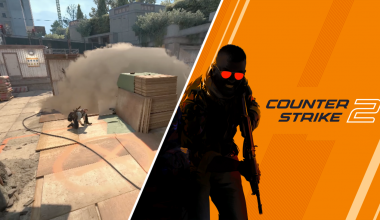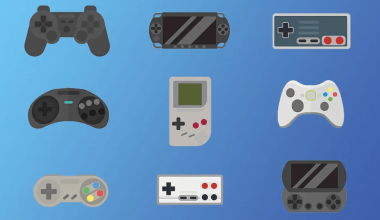In the ever-evolving world of esports, innovation is a driving force that continually transforms the spectator experience. As the industry grows at an unprecedented rate, with millions of fans tuning in to watch their favorite teams and players, it’s crucial for esports broadcasting to keep up with the changing demands of its audience. One area that has seen remarkable innovation is the broadcasting of shooting games, which has revolutionized the way spectators engage with the action-packed world of competitive gaming.
Shooting games, also known as first-person shooters (FPS), have long been a staple in the world of esports. Titles like Counter-Strike, Call of Duty, and Overwatch have garnered massive followings, and their tournaments attract huge audiences. However, it’s the innovations in broadcasting that are making these games more exciting and accessible to fans.
Multiple Perspectives and POV Streams
One of the most significant innovations in shooting game broadcasting is the use of multiple perspectives and point-of-view (POV) streams. In traditional sports broadcasting, you’re often limited to a single camera angle, but in esports, spectators can now switch between different players’ perspectives. This innovation provides a much deeper insight into the game and allows viewers to follow their favorite players closely.
By offering POV streams, fans can experience the game from a pro player’s vantage point. This not only enhances the viewing experience but also provides an educational element as aspiring gamers can learn tactics and strategies directly from the best in the business. The ability to switch between players’ perspectives adds depth and dynamism to the broadcast.
Augmented Reality (AR) and Holograms
Shooting games often involve complex maps and environments. Esports broadcasters are using augmented reality and holograms to display crucial information, such as player stats, maps, and objectives, directly on the screen. This innovation enhances the viewing experience by providing context and clarity to the action. Spectators can now better understand the strategies and movements of the players and teams.
AR and holograms are also being used to showcase real-time statistics and predictions, adding an extra layer of excitement to the broadcast. This technology transforms shooting game broadcasts into immersive and data-rich experiences.
Casting and Analysis
Esports broadcasting teams are increasingly bringing in expert analysts and casters who provide insightful commentary and breakdowns of the game as it unfolds. This adds a layer of professionalism and engagement to the broadcast. Analysts can explain strategies, highlight key moments, and offer valuable insights into the players’ decision-making processes.
This innovative approach bridges the gap between casual viewers and hardcore gamers, making the broadcasts accessible to a broader audience. It also helps newcomers understand the intricacies of the game and keeps seasoned fans engaged.
Interactivity
Many shooting game broadcasts are now integrating interactive elements, allowing fans to participate in real-time. Viewers can vote on in-game decisions, predict match outcomes, or participate in giveaways. This level of interactivity fosters a sense of community and engagement, making esports more than just a spectator sport—it’s an experience.
Virtual Reality (VR)
While still in its early stages, virtual reality is poised to be the next big innovation in esports broadcasting. VR headsets enable spectators to immerse themselves in the game entirely, watching the action unfold as if they were in the virtual world. This innovation has the potential to revolutionize how fans engage with shooting game tournaments.
In conclusion, innovation in esports broadcasting has brought shooting games to the forefront of the spectator experience. Multiple perspectives, augmented reality, casting, interactivity, and the promise of virtual reality have transformed these games into a dynamic and engaging form of entertainment. As technology continues to evolve, it’s clear that esports broadcasting will continue to push the boundaries, captivating and delighting fans worldwide.
Esports is no longer just about playing games; it’s a full-blown entertainment industry, and shooting games are leading the charge in making the viewer experience as thrilling as the gameplay itself. The next time you tune in to watch a shooting game tournament, prepare to be awed by the innovation and excitement it brings to your screen.






